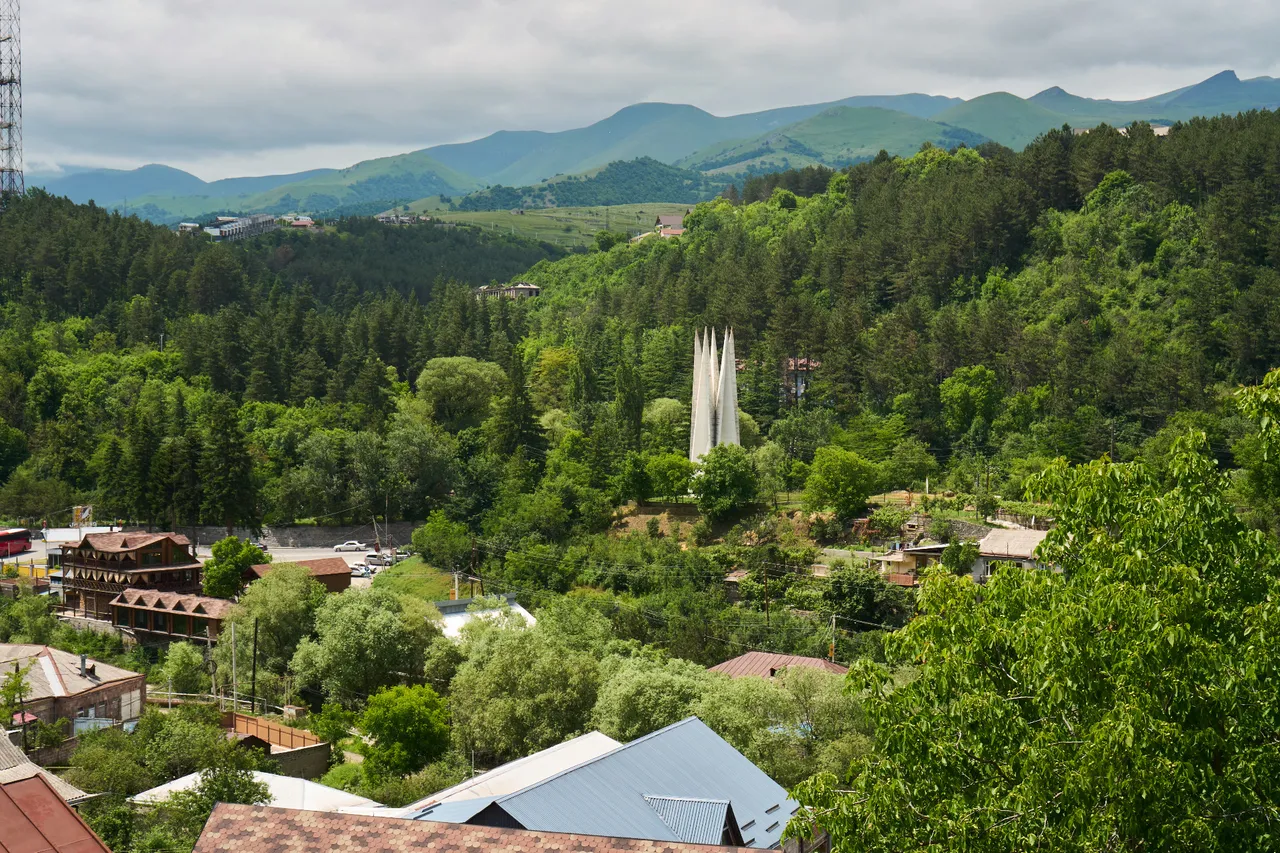
This is two posts in one, but mostly because these two popular sights within the small resort town of Dilijan are in quite close proximity to each other, displaying two very different sides of the nation's past, as well as its appreciation for the cultural creations of that era. Mimino is a Soviet era comedy film, one that was very impactful in displaying the cultural differences of this region between the Armenians, Georgians, and of course the Russians. The reason for the statue being present here in Dilijan is that one of its main characters (performed by one of the Soviet Union's most prolific actors actually born in the small city of Gyumri), is from this town. And Dilijan being close to the Georgian border, signifies those closer cultural ties; though they would've been stronger and more evident in the past, and a little more tense in today's environment. This statue was created in Dilijan only in 2011, which I think was a nice touch to the town that still finds appreciation in the artistic world of the USSR, even if things have massively changed for the country and region in the past 30 years.
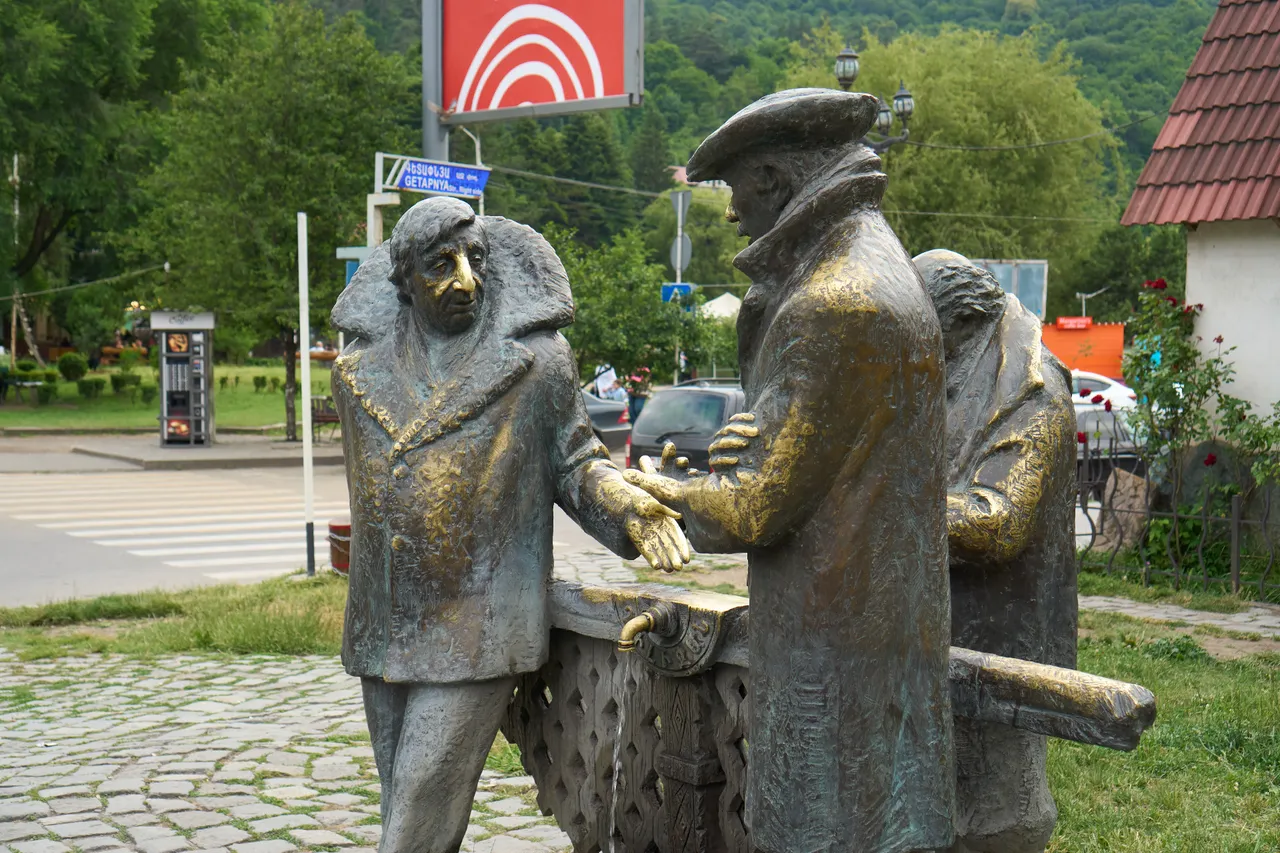
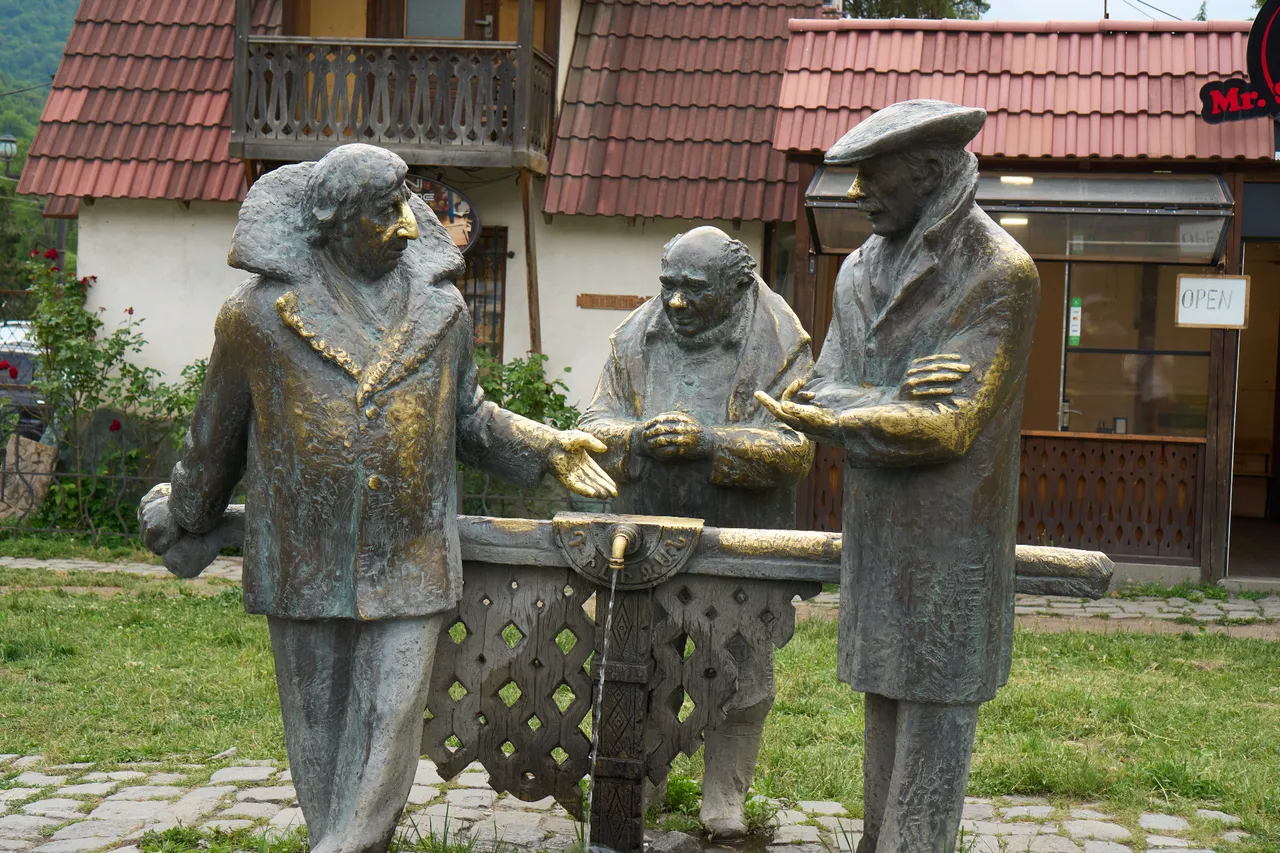
You might notice that each of the statues have very golden noses. Well, there is a reason for that: it's said that to rub the nose of a statue is to bring good luck, so many people that pass through tend to give those characters a big hug and a rub on the those before leaving. There's also a drinking fountain which runs between them, so some either drink, or give themselves a bit of fresh, cold water over the head to relieve themselves from the relatively warm sun that sometimes spreads through the area. Though Dilijan, given its elevation and mountainous and forestry, tends to run a bit cooler than the south around Yerevan. It was cool seeing this statue in person, especially after having seen many of the films that the main actor had been in from that era. Everyone's favourite titles featuring Shurik! And just across the road, there's the beautiful modernist creation that takes great pride in the 50th anniversary of Communism. 50 years of the Soviet Union's creation. There are many monuments like this throughout the former republics, but it's quite interesting to see them in such remote areas.
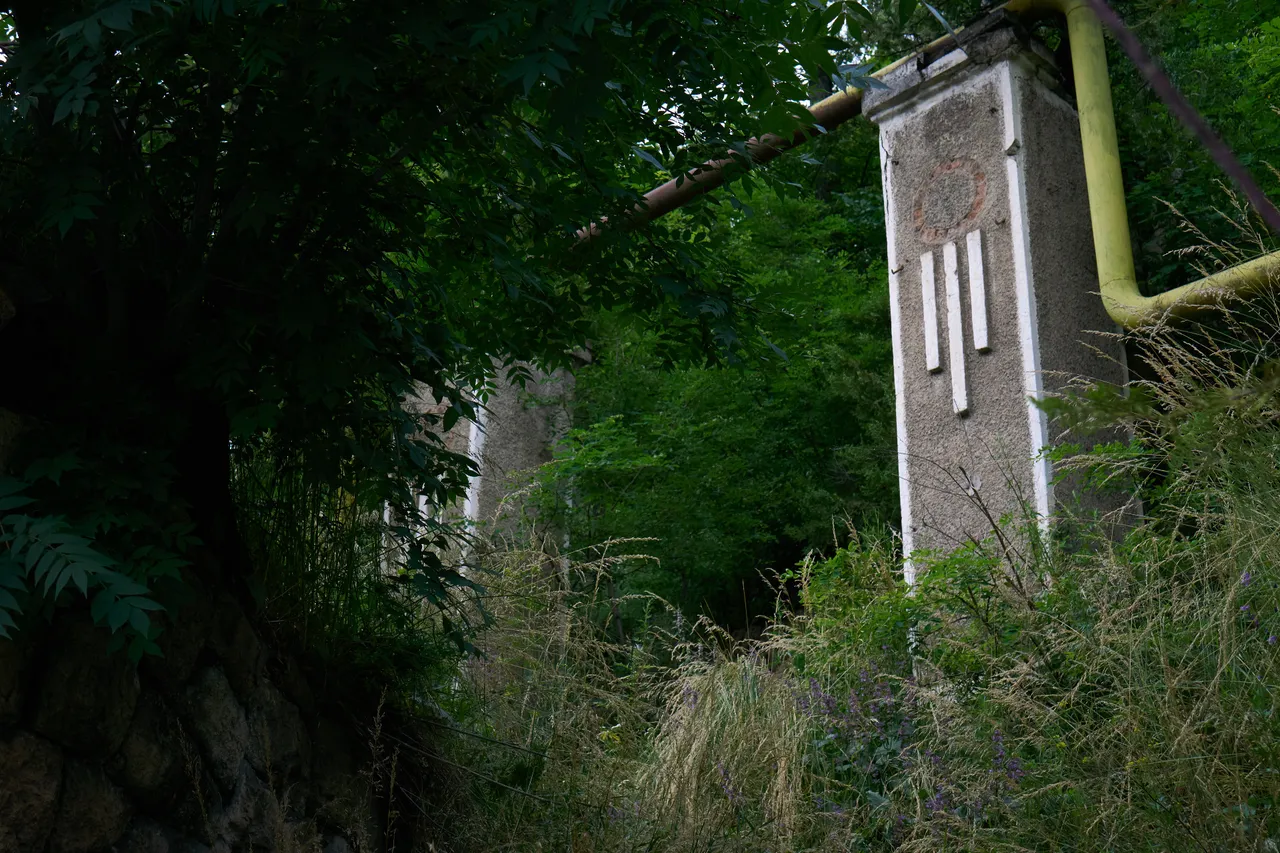
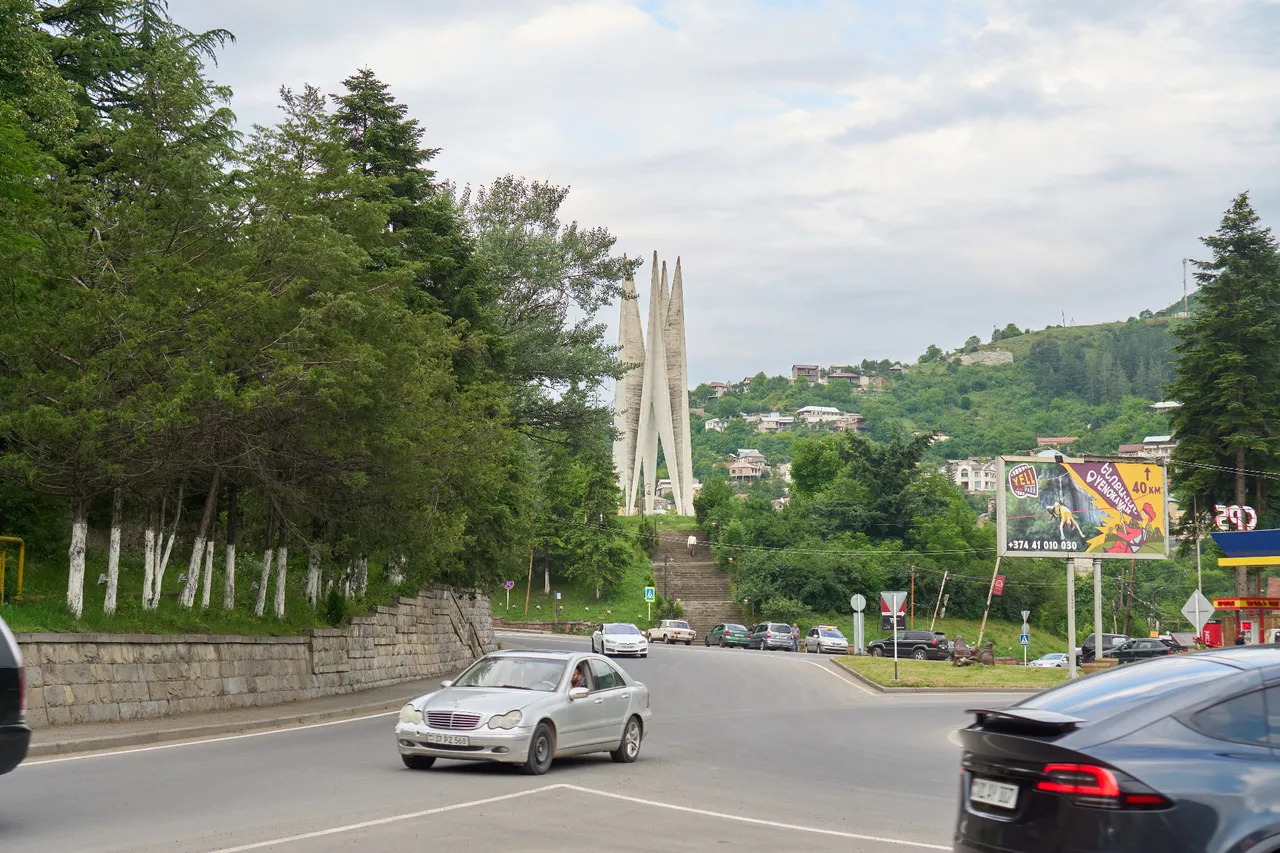
You can see this monument from various viewpoints within the small town, mostly areas of slight elevation to which you look down at the older district of Dilijan, where the monument's main spikes are evident. From the ground, you don't really notice the intent of the monument itself, and there is one that many might miss despite it being quite obvious: at the top, there are five different pieces that reach up into the air, and each one symbolises a decade. It was a beautiful sight to see, one that didn't really say much else even when you do walk around and underneath the monument itself, it's sort of just there. And few were around to appreciate it. At the bottom of its steps sat a group of locals, taxi drivers that wait patiently in hopes of the odd client to take them throughout the town and back home up the winding little streets, away from the markets and very few cafes that are present in the town.
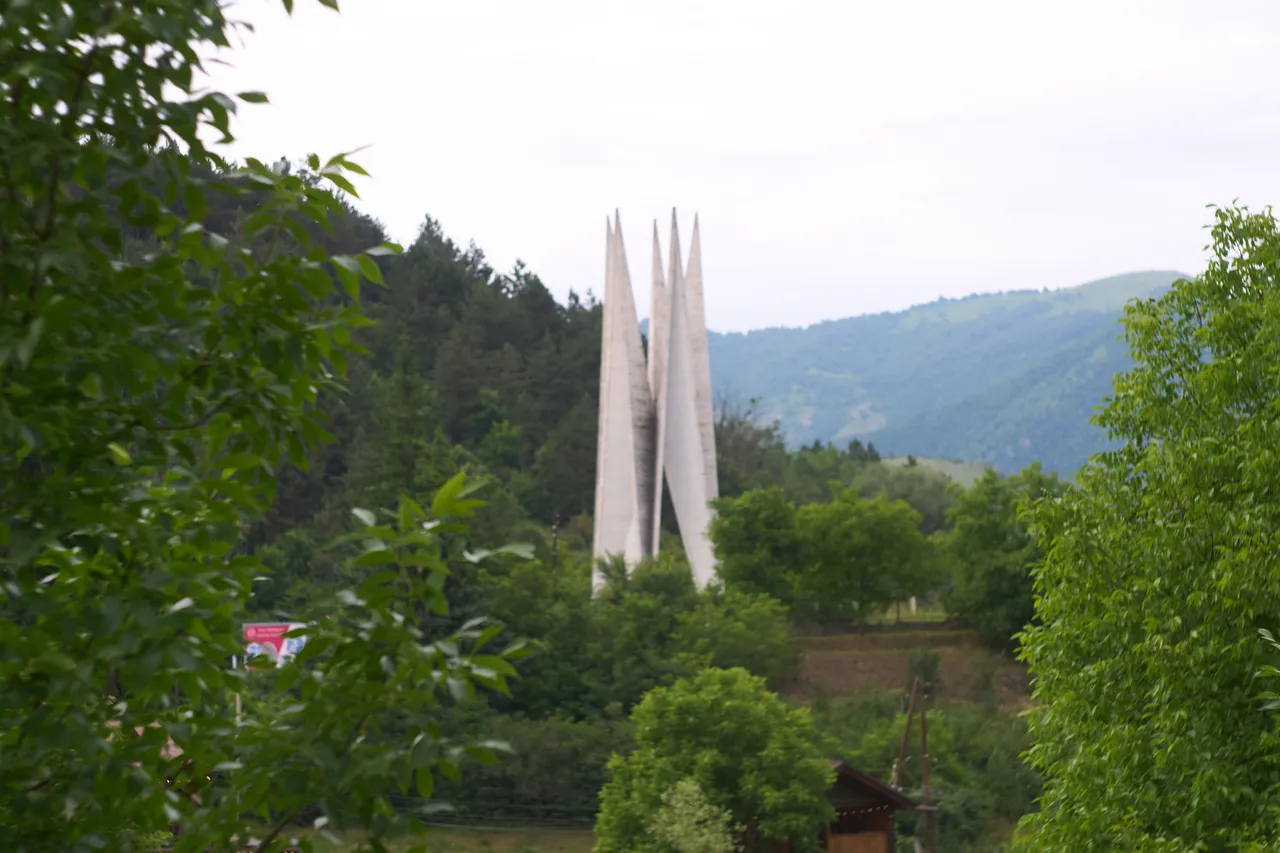
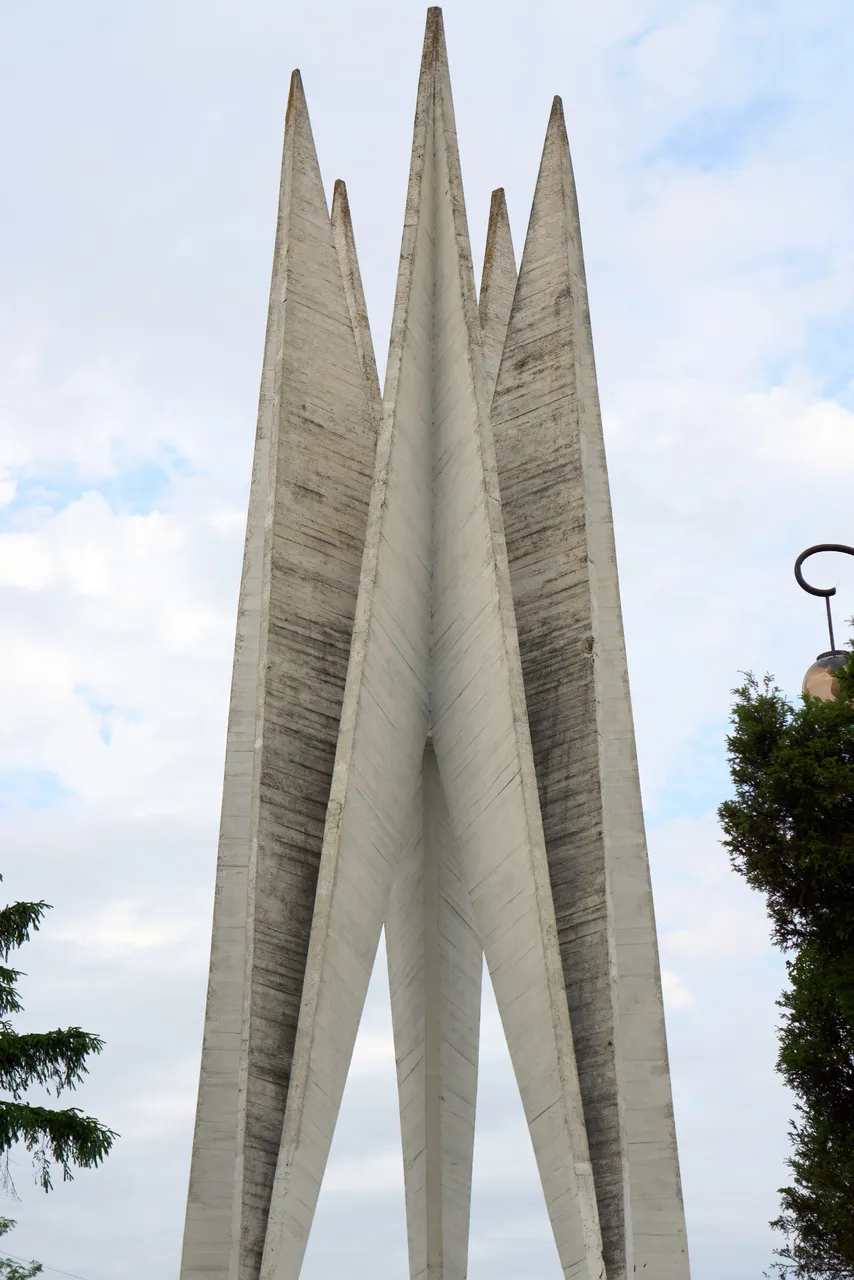
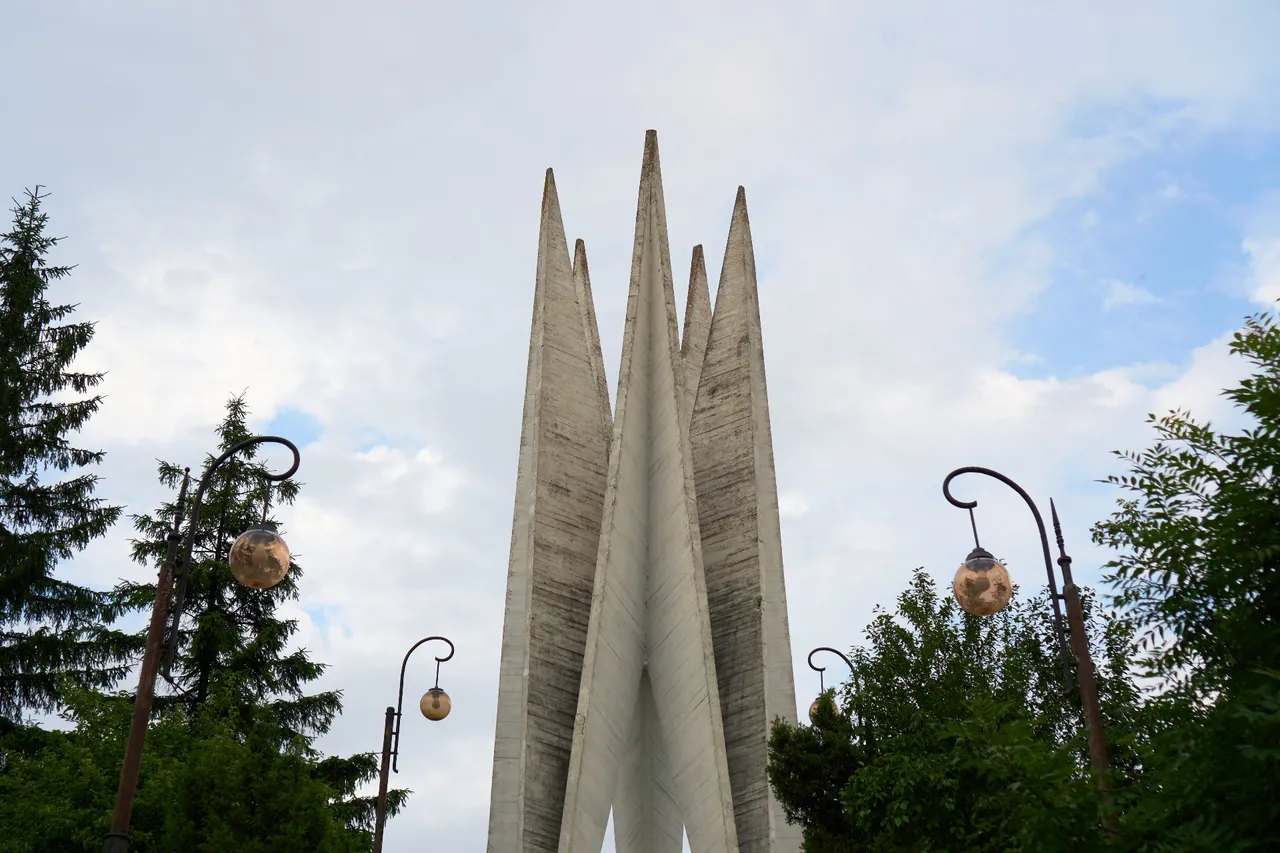
Such monuments were mostly destroyed in its neighbouring nation of Georgia, given one nation demanded independence, while Armenia casually went with the collapse and just accepted the breakaway. Not fighting for it. Not with any anger towards the Russians. Just an unfortunate outcome for the Armenians given the security and stability it offered the region; all of that instability to come shortly after with the changing of ideologies and weak ties, both economically and culturally. Of course, in such older places with smaller populations, these monuments and historical elements tend to remain. Dilijan changing its landscape a little as it modernises with the arrival of major Armenian banks setting up there, as well as the resort side of things for both domestic and international tourism purposes. Many coming and appreciating the unique architectural designs the town still has, particularly given how many of them have historical ties to the region through the USSR.
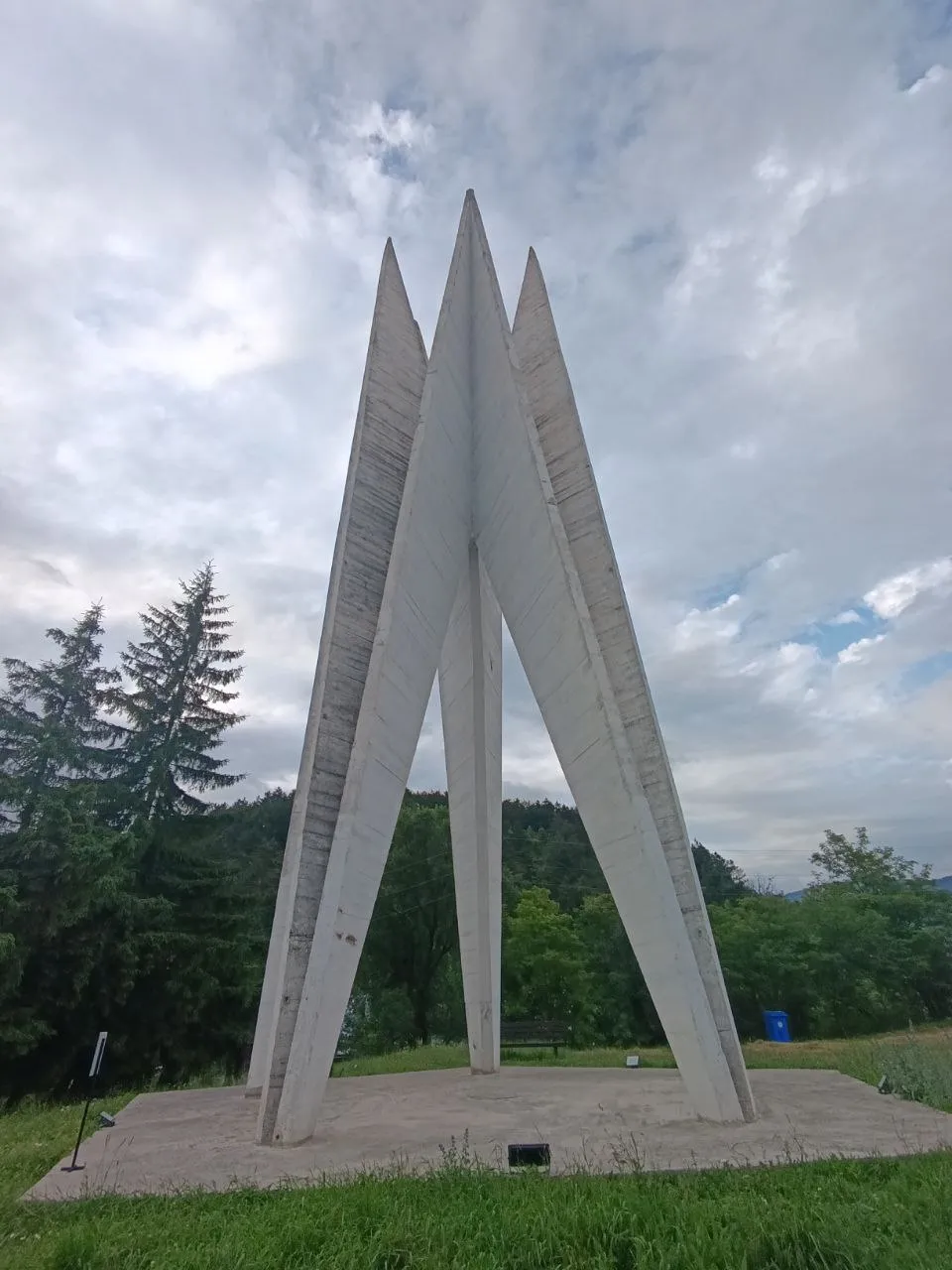
The monument was created in 1970 and designed by multiple Armenian designers and architects, making it now just as old as the very thing it was created to pay homage and celebration to. And that really makes me think: what would those people now think of the current state of the nation? I wonder what their opinions would be like.